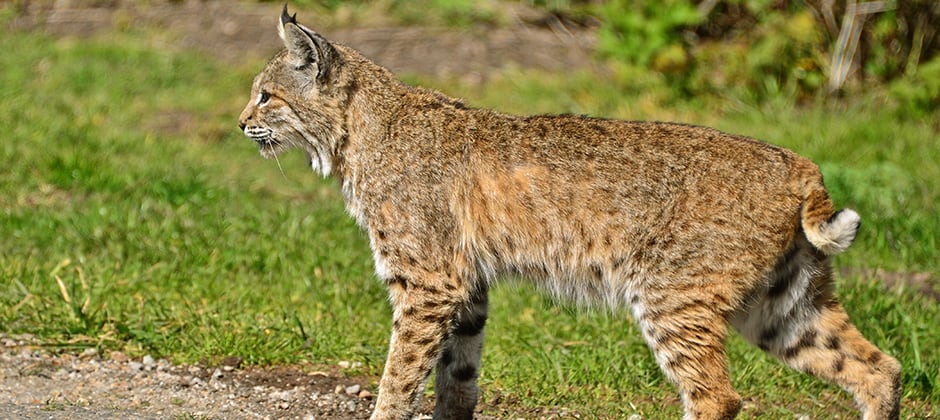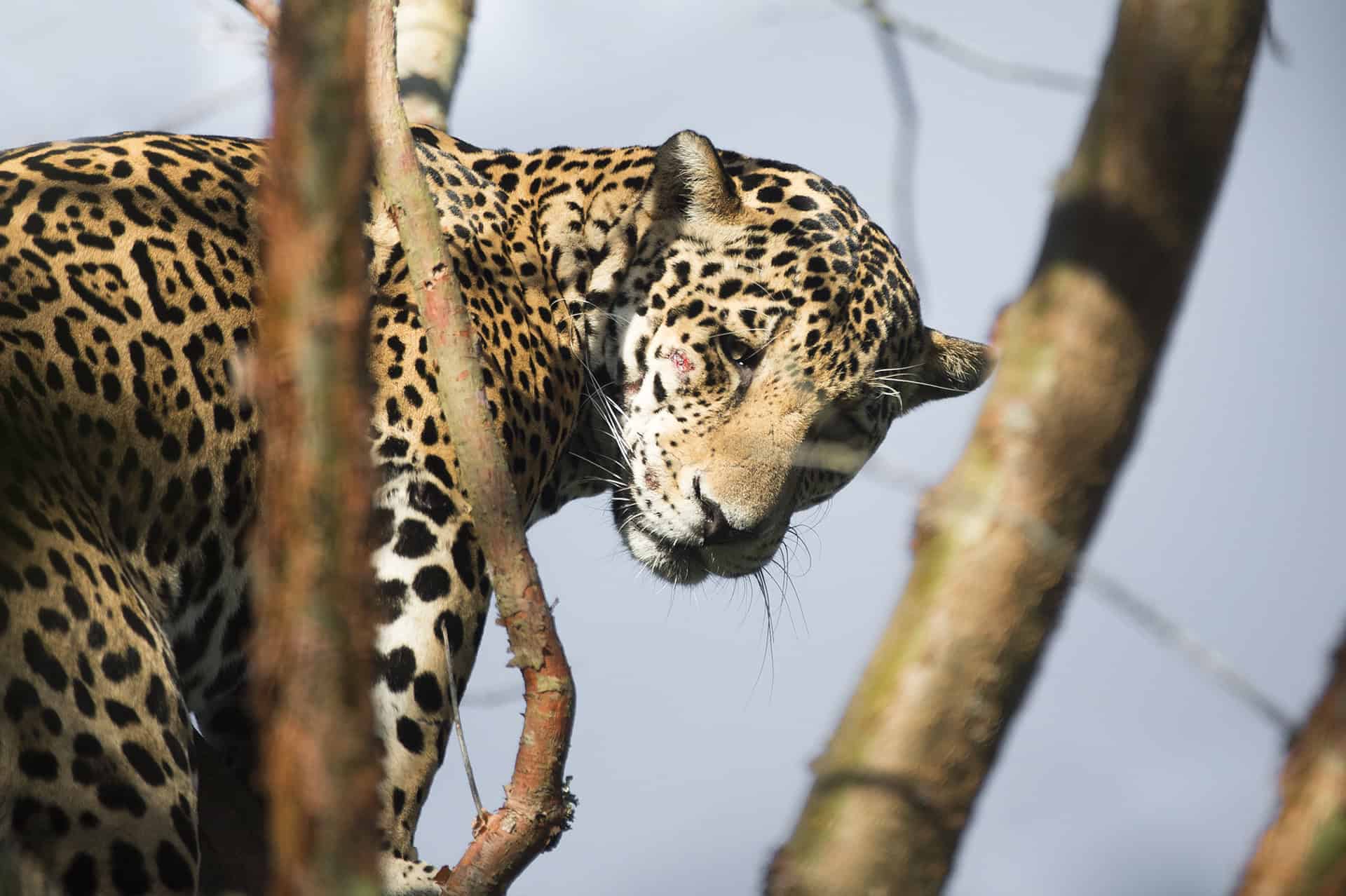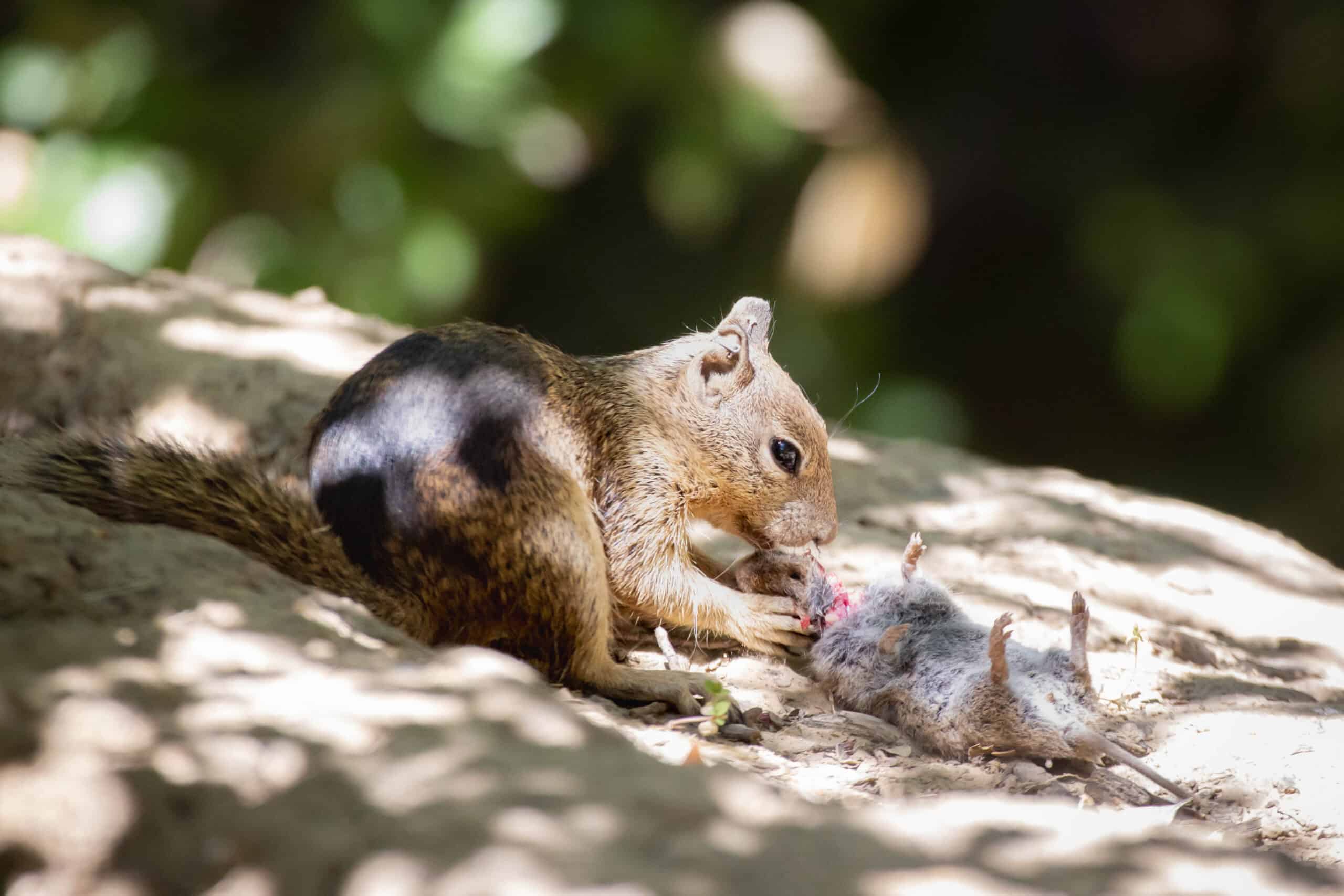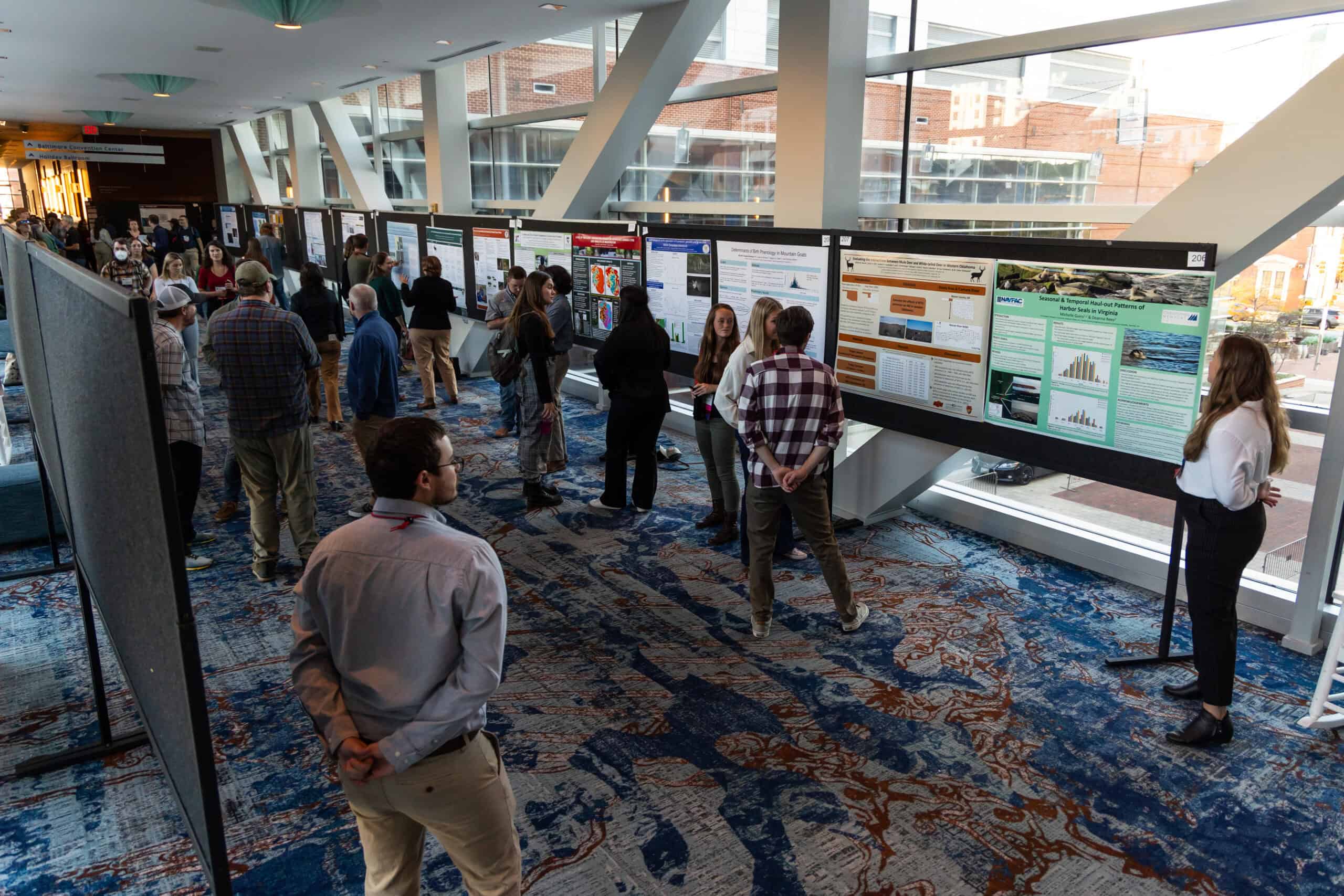Share this article
For Wisconsin bobcat harvest, it’s about supply and demand
As fewer people hunt in the United States, could decreasing hunting permits actually bring out more hunters?
In Wisconsin, researchers found that as permits to harvest bobcats were slashed, interest in applying for the remaining permits increased, and so did participation in the hunts.
“There’s a lot of concern among management agencies because hunter populations are getting smaller over time,” said TWS member Maximilian Allen, assistant research professor at the University of Illinois and lead author of a recent study published on bobcat harvest (Lynx rufus) in Human Dimensions of Wildlife. “Part of this is due to an aging hunter population as well as more people living in urban areas rather than rural areas where hunting is more common, among other societal changes.”
Allen and his colleagues set out to find out how bobcat populations were doing, but along the way, they became interested in how management — including hunting — related to these numbers and changed over time.
They studied bobcat hunting and trapping across 20 years in Wisconsin and found an increase in the number of hunter applications and participation in hunting seasons, suggesting an increase in hunter interest over the years. The increases followed a decrease in the number of available permits.
From 1994 to 2012, issued permits fell from 2,000 to just 165 — possibly as a response to bobcat declines in Wisconsin in the 1980s and early 1990s. “For whatever reason,” Allen said, “the number of hunting permits keeps being reduced.” At the same time, hunting applications rose from around 5,000 in 1993 to about 16,000 in 2000. Today, a limited number of hunting permits — and an 80% harvest success rate — seem to bolster interest in obtaining one. “You know that once you get one of these permits, you have a very good chance of getting a bobcat,” he said.
Reducing the number of hunting permits to increase demand for them may be something other management agencies may want to consider for certain species in order to increase hunter interest when that interest is at an all-time low, Allen said, but “I wouldn’t do it across the board with every species.”
Reducing hunting permits may not fit with management agencies’ objective to provide opportunities to the most people as possible, he said, but it may help bring out more hunters in some cases.
“I think it’s a very interesting concept,” Allen said. “I think there could be some other factors in the study that are unique to Wisconsin where hunting is a big part of the culture. Or maybe it is unique to bobcats and if you tried it with river otters or bears it might not work. But if so, I think there’s potential for increasing hunter populations.”
Header Image: In Wisconsin, bobcat hunting interest has increased with a smaller supply of permits. ©Linda Tanner








